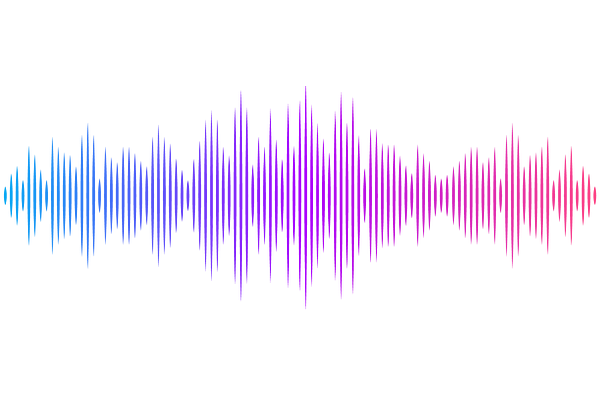Deterministic Cell Pairing with Simultaneous Microfluidic Merging and Sorting of Droplets

Deterministic Cell Pairing with Simultaneous Microfluidic Merging and Sorting of Droplets
Joslin, K. M.; Dateshidze, S.; Shin, S. W.; Abate, A.; Clark, I. C.
AbstractCell-cell interactions drive immune activation, tissue repair, and stem cell fate, yet there are few methods that can create large numbers of pre-defined cell pairs to study cell crosstalk. Droplet microfluidics allows high-throughput compartmentalization of multiple cells, but random loading results in <1% of droplets containing the desired cell combinations. Here, we present a microfluidic device capable of deterministically isolating specific cell pairs using droplet merging and sorting ('merge-sorting'). The system detects target combinations using fluorescence and triggers simultaneous electrocoalescence and dielectrophoretic sorting. Using fluorescent dye-loaded droplets, we achieved 98.6% purity of merged and sorted droplets. In experiments using cells stained with three distinct dyes, >90% of desired cell pairs were recovered--compared to fewer than 1% when using random Poisson loading. To demonstrate the utility of this platform for extended co-culture studies, we merged cells in an alginate solution with calcium chloride droplets, producing monodisperse alginate hydrogels in which 92% of the beads contained target cell pairs that maintained viability over 18 hours. Compared to selective merger, this approach physically isolates desired droplets, eliminating unmerged contaminants and enabling cleaner downstream workflows. The device allows off-chip pre-incubation of droplets before pairing, the merger of reagents for multi-step assays, and the isolation of desired droplet pairs -- capabilities not jointly accessible with existing approaches. In summary, merge-sort is a flexible platform to enrich specific combinations of droplets, cells, or particles for high-throughput studies of cell crosstalk.